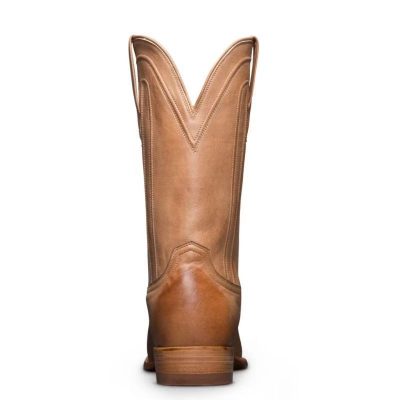Labor insurance shoes are the collective term for safety shoes and protective shoes, generally referring to footwear that protects the feet and legs from foreseeable injuries that are worn in different work situations. Safety shoes are high-tech and high value-added footwear products. The production process of safety shoes has high requirements for raw materials, auxiliary materials, chemical materials, and mechanical equipment.
Different labor insurance footwear products are used in different places:
As protective shoes for construction industry safety, most of the labor protection shoes also add other safety features. The more important feature of industrial labor protection shoes is that the toe can withstand the impact of 20 kilograms of hard objects falling vertically from a height of 1 meter. Different types of products have been developed. Including the rigid bottom plate design to prevent the soles of the feet from being pierced by nails and other sharp objects. Other related features include slip resistance and grip. Other safety features include preset low anti-static properties, resistance to temperature changes, and resistance to specific fuels and chemicals.
The protection of workers using chain saws refers to those who are potentially injuring their skin, ankles, feet and toes by using the chain saw, and they must wear protective footwear. Safety standards state that workers must choose to wear the footwear they need to protect, and it should not be assumed that the same type of footwear will be used under the requirements of a certain type of work. Different working environments may have different hazards. In addition, some work environments may present different hazards. In this case, protective footwear with more than one type of protection should be used.
Labor protection shoes used in chemical laboratories means that suitable protective shoes must be worn in the laboratories where chemicals are used and stored, and the relevant protective shoes must be stored in a warehouse. Perforated shoes, slippers and similar footwear shall not be worn in these laboratories. Appropriate footwear must cover the entire foot and protect the entire foot. Shoe-making materials, including soles and uppers, must match the laboratory environment, material handling and tasks. Depending on the possible dangers in the laboratory, additional protection from footwear may be needed. Shoe soles with anti-skid, abrasion, oil or heat resistance properties may also need to be considered. This type of protective shoes must be worn where there is a potential for foot injury due to puncture, electric shock or static electricity.



















